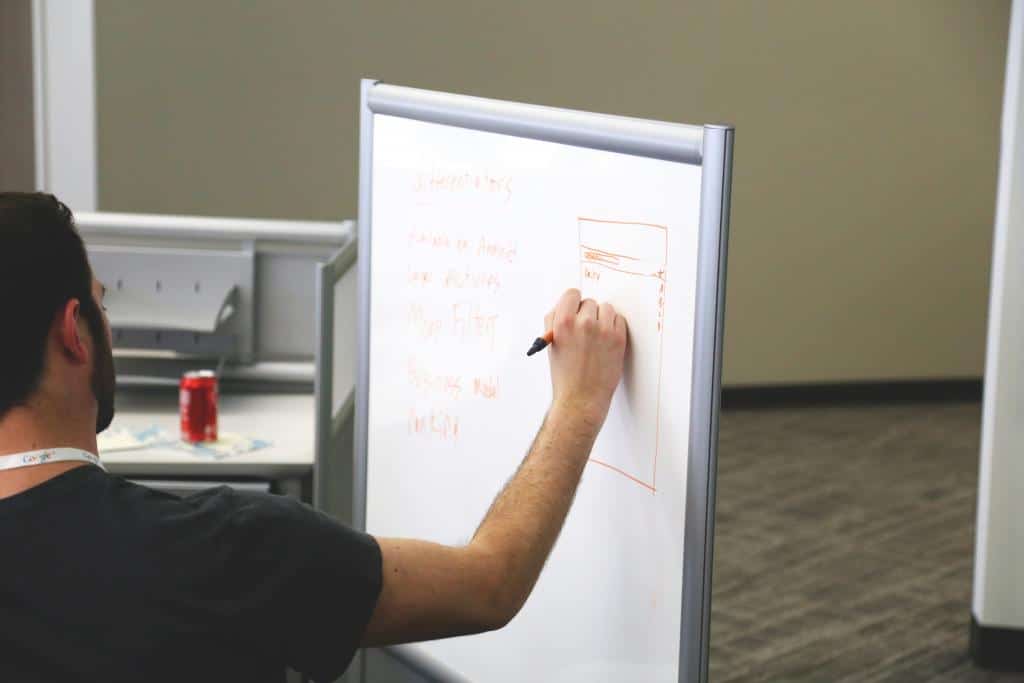
Good practices and experience do not emerge overnight. They are the result of the accumulation of many years of activity, investment, effort and interaction within the company. It is an extremely valuable intangible asset that each organization is called upon to preserve, enhance, optimize, transmit and perpetuate. In short, good practices must be capitalized for several reasons.
Knowledge capitalization: a crucial process for problem-solving and quality improvement
The capitalization of knowledge is a process to which great importance must be given. Every organization has and implements a number of knowledge and practices. They are acquired, accumulated and improved as the company’s activity evolves, thus forming an invaluable capital of know-how. Experiences and good practices take different forms within the company: the employee’s know-how, internal procedures, etc.
According to the FD X 50-190 standard, the capitalization of experience is carried out in 5 phases:
- the identification of the experience to be capitalized,
- the setting up of the necessary mechanisms for capitalization,
- the capture of the experience to be reused,
- the valuation by transformation into usable information
- the use of the capital thus collected
It is a whole process that also refers to knowledge management.
Several types of tools are used for this purpose. They must be adapted to the specificities of the company, its needs and the employees who will employ them. Among these tools is the “wiki”, a kind of corporate encyclopedia based on a collaborative approach; the various actors of the company have the opportunity to contribute to it through articles or explanatory content. This information is thus made available to any employee who may need it in the performance of their duties. This is the principle of Wikipedia but applied to the industry.
The capitalization of experiences also contributes to continuous improvement and the elimination of problematic situations. It corresponds, in fact, to the last step of Shoji Shiba’s WV cycle (or 7-step cycle), a reference tool for problem-solving. This is called capitalizing on progress and includes the phases of analyzing the problem, its causes, effects and programming the solution.
A rewarding approach for the company’s stakeholders
When special attention is paid to the protection and transmission of knowledge, the people who apply it on a daily basis can only feel valued.
Let’s take the example of a manager who is about to retire. Another employee for whom he is responsible is chosen to succeed him in his position. Over a defined period and until the future retiree leaves, both will work in pairs to allow the new manager to learn about his new mission. In contact with the old one, he will learn to manage his new responsibilities, to integrate the tricks and subtleties of the trade, but also to inherit tips and tricks to be more efficient.
This transmission of knowledge and its capitalization enhances the value of the former manager as well as the new one; for the former, it is a recognition of his role, status and expertise within the company, through the transmission of his know-how. For the second, it is the fact of being able to benefit from such support, as well as the prospect of new responsibilities, which are rewarding.
Work instructions & knowledge transmission
Picomto is a digital work instructions software which allows manufacturing companies to keep and transmit knowledge through the company.




Leave A Comment